Softwood Flooring (Types, Finishes & Refinishing)
Find out all about softwood flooring including what it is, the different types, its advantages, finishes, differences from hardwood floors, and refinishing softwood.
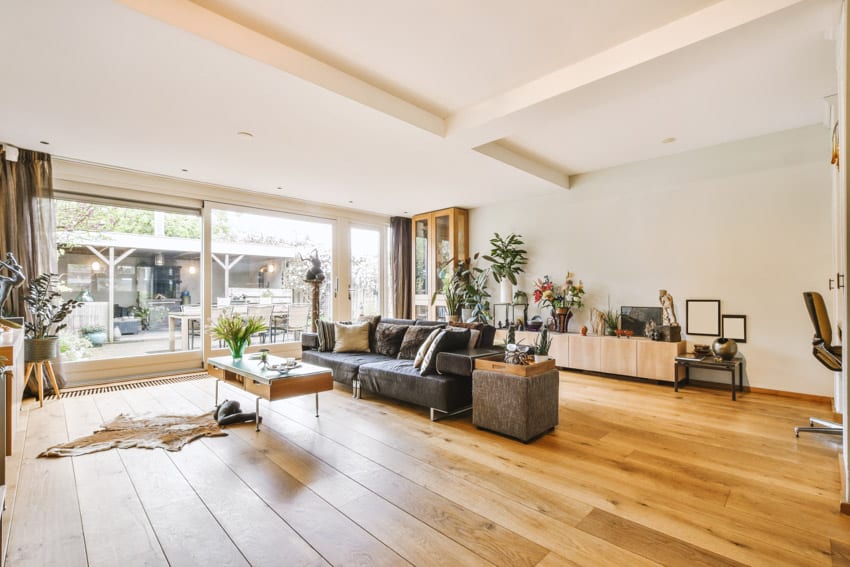 When you’re looking for a change in your home, one of the most immediate options is to shake up your flooring. There are so many options and wood flooring seems to consistently stay at the height of its popularity.
When you’re looking for a change in your home, one of the most immediate options is to shake up your flooring. There are so many options and wood flooring seems to consistently stay at the height of its popularity.
Softwood flooring – like pine, fir, cedar, cork, redwood, and spruce – offers a lot of variety and maintains a lot of potential. Between the different types of softwoods and their applications, you’ll have a strong floor with a refreshed look. [toc]
What Is Softwood Flooring?
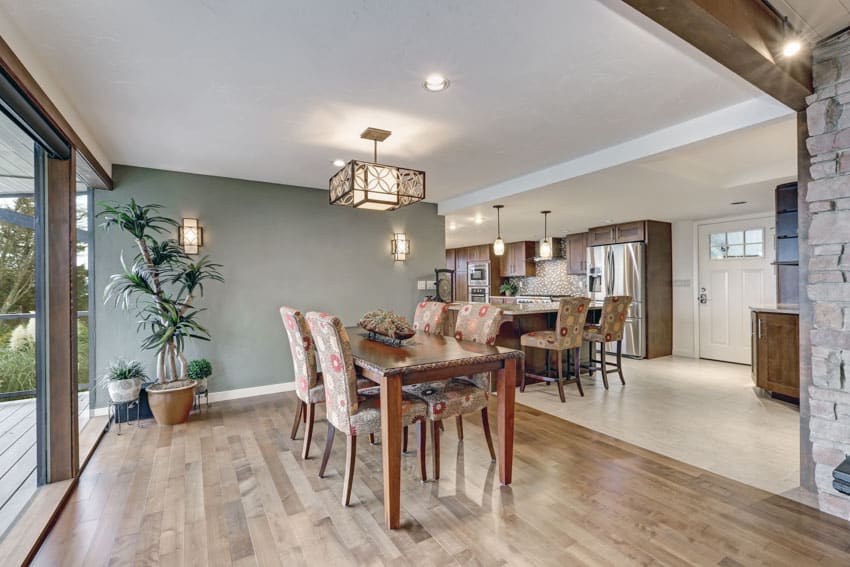
This is measured with something called the Janka test and anything measuring below 1000 on this scale is considered a softwood. Softwood has a lot of uses around your home and in construction outside of flooring as well.
There are a number of benefits to using softwood flooring. For one, the cost of softwood flooring makes it a great choice for wood flooring on a budget. Aesthetically, softwood flooring is also an excellent choice if you prefer lighter wood tones and a loose or more subtle grain.
Of course, these types of wood flooring come with a few trade-offs as well. The first one that comes to mind is the softness of this wood. With a lower density, most softwoods are easier to knick, scrape, or otherwise damage.
This can pose a particular challenge in high-traffic areas or homes more prone to regular wear-and-tear like those with pets. The lower density also gives them a low fire resistance.
Types Of Softwoods Used For Floors
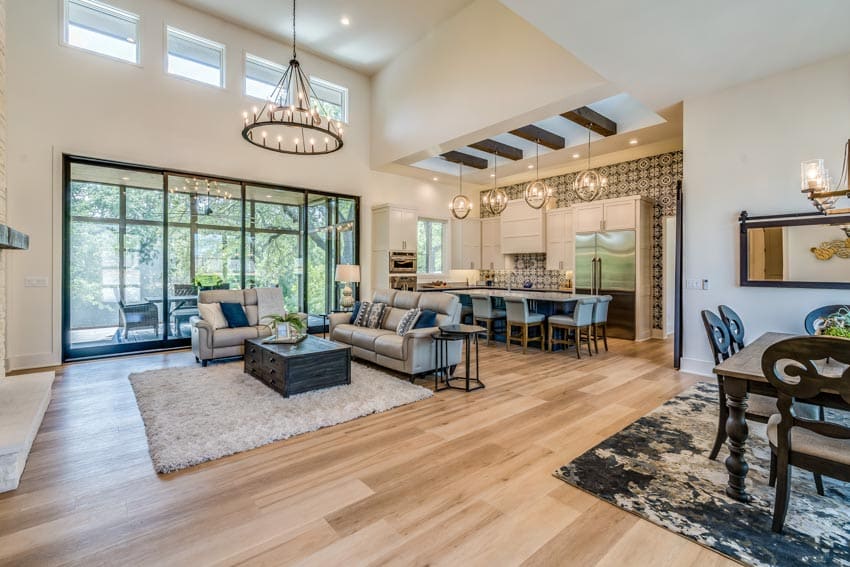
These are some of the most common softwood flooring options you’ll run into and a few more unique choices as well.
Cedar
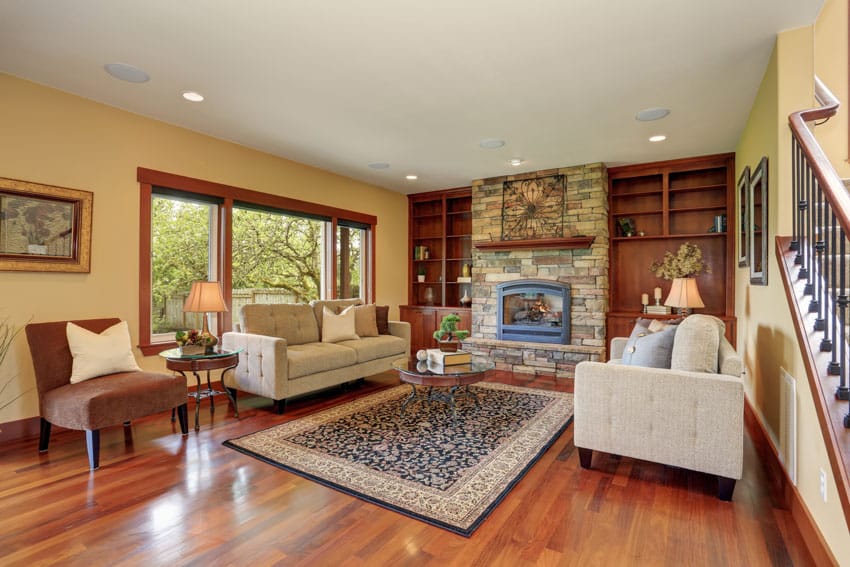
In practical terms, cedar also offers a few handy resistances such as helping to repel moths, making it popular in furniture as well as flooring.
On the other hand, you might want to avoid cedar in high-traffic areas where the flooring may be easily chipped. The average cost of cedar softwood flooring is usually between $4 and $8 for each square foot.
Cork

Even more so than some other softwoods, cork gives you flooring that feels soft underfoot. Naturally, the tradeoff for this is that you’ll want to be careful about damaging such a soft flooring material.
This means cork flooring is not always the best option for households with pets. If you’re interested in purchasing cork floor panels, they usually run between $2 and $12 per square foot of material.
Fir (or Hemlock)
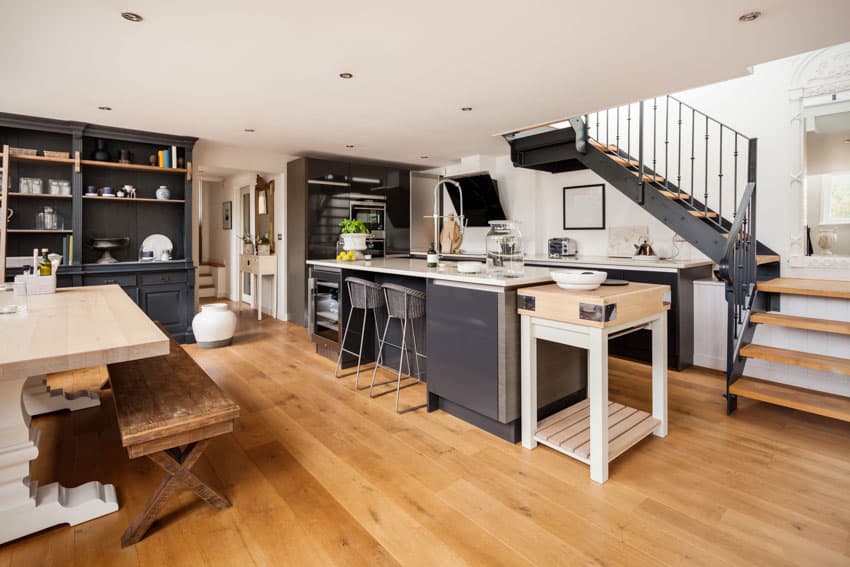
You’ll want to be careful of denting this softwood, though. However, the wood is strong enough to hold up to use in flooring, furniture, and even walls. Plus, it’s naturally resistant to pests and rot. Fir can vary in price a bit. You can expect an average ranging from $3 up to $18 per square foot of material.
Fir is often confused with Douglas Fir which is not a fir at all but is a species of pine wood. Douglas Fir is frequently used for flooring, cabinets and furniture.
Pine

As it looks natural, pine is a versatile flooring choice but you can also use stain or paint to customize pine floors as well. Plus, it’s a softwood that isn’t as prone to shrinking, swelling, and even insects.
On the contrary, you’ll want to be careful of dents and scratches in your flooring with pine. On average, pine wood flooring costs between $1 and $3 per square foot.
Larch
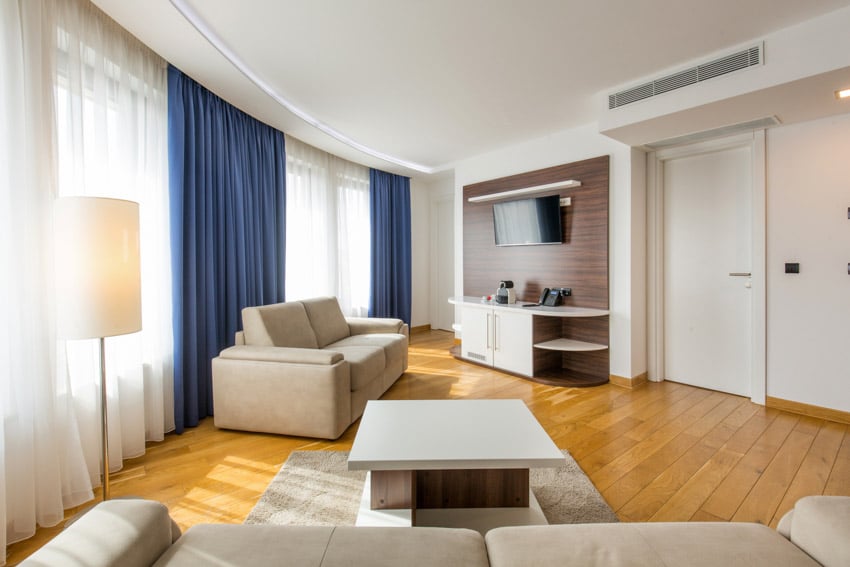
However, it can serve that purpose too. It helps that this type of softwood is resistant to insects and rot while holding up to moisture well and drying quickly. As for appearance, larch wood is available in a few different shades.
It may be pale and light or you can find samples of this wood that are darker with red undertones. No matter the color, the knot pattern in this wood is usually more subtle with small knots.
There are a few downsides to the material, including that you’ll want to be careful working with larch wood. It can cause some skin irritation. It also costs slightly more than options like pine softwood flooring, starting at about $3 per square foot depending on where you are and what larch you choose.
Redwood
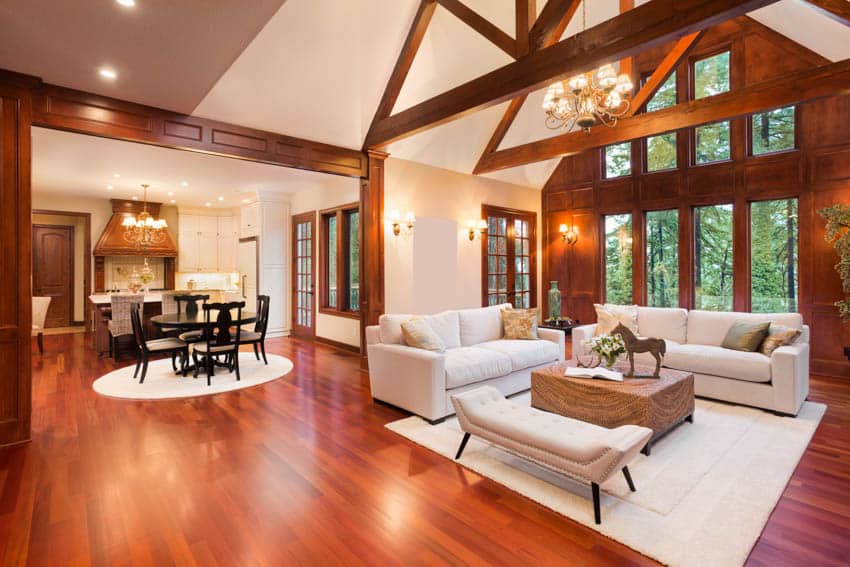
Redwood is considered a particularly strong flooring material as well. Plus, you won’t always have to worry about lining up as many panels since these trees grow so tall, generating longer boards. It is often used for outdoors, and you can read more and see pictures of redwood decks here.
It’s still prone to denting but stronger than many softwood options. The material cost for redwood flooring usually measures between $5 and $35 for each square foot.
Spruce
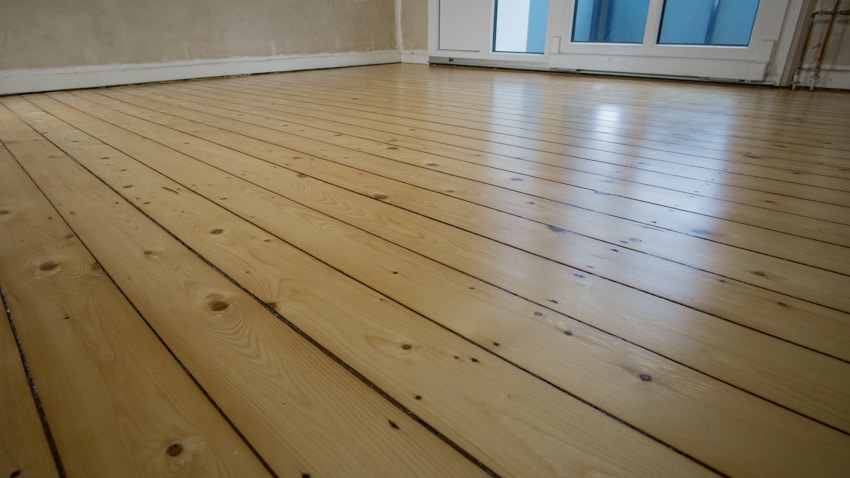
Another benefit to spruce flooring is that when the material is harvested at maturity, it can help dampen sound. So, if you don’t want clomping steps, this might be the softwood flooring to use.
It’s often employed for its sound-dampening effects in recording studios. Yet, it’s also more prone to warping and rotting. Spruce flooring costs range from $6 to $12 per square foot on average.
Softwood Floor Finishes

Oil Floor Finish: The type of oil finish can vary but it’s usually a natural oil. It’s easy to add to your flooring but you will need at least 72 hours for the finish to dry fully, especially if you’ve applied more than one coat.
It’s not the most durable finish, so it’s not a favorite for softwood flooring which already suffers from being easily scratched or scraped but scratches in just the finish are often easy to repair.
Another downside to an oil floor finish is that it comes with some extra maintenance. The oil needs to be applied yearly and you’ll have to really make sure you keep the surface clean.
Wax Floor Finish: Wax floor finishes aren’t as popular as they once were. This is largely because you’ll need to put in a lot of work to maintain it. These floors need to be buffed and coated with new wax on a semi-regular basis but you may have to apply more wax if scratches start to form.
These finishes do gain praise for their warm appearance and with more coats, the deeper this warmth becomes. It does darken the wood, though, which isn’t always what homeowners are looking for when they look at softwoods that tend to run in lighter shades.
Oil-Based Polyurethane Floor Finish: Polyurethane finishes are rather common when it comes to wood flooring now. Oil-based polyurethane is cheaper than its water-based alternative and it offers a darker finish although not everyone is a fan of the amber hue it can make your floors take on.
You have some options with this type of floor finishing since it comes in low or high gloss forms as well as offers options for matte finishes. One reason this type of finish is so popular is that it is incredibly durable, so it can help protect your softwood floors.
However, oil-based polyurethane does take a while to dry once you’ve applied it to your floor and if any damage does come to it, you’ll have to refinish the whole floor to repair it – addressing one area won’t work.
Water-Based Polyurethane Floor Finish: Water-based polyurethane floor finishes have a lot of similarities to oil-based polyurethane floor finishes. Like the previous option, a water-based finish will give you a strong, durable finish available in matte, low, or high-gloss versions.
Unfortunately, also much like oil-based polyurethane floor finishes, these water-based floor finishes don’t offer an option for floor treatment. While great for high-traffic areas, if you do run into damaging the finish, you’ll need to completely refinish it.
With the right care, though, you might not need to replace it until a decade or two later, even in a high-traffic part of your home.
Hardwood Vs Softwood Flooring

Appearance: The appearance of hardwood and softwood can vary greatly. After all, you are looking at several types of wood in each category. Yet, there are some differences between the two.
Namely, hardwoods tend to be darker or are more likely to have red tones while softwoods tend to be paler. Of course, this isn’t a hard and fast rule. As we discussed earlier, options like redwood are classified as softwoods but feature red or purple undertones.
Durability: Some of these come down to technical tidbits such as the weight of the wood. Hardwoods are heavier than their softwood counterparts.
This weight comes from the added density of hardwood. This durability shows up in many ways, including a long lifespan and extra strength when it comes to standing up against scratching and denting as well.
Because of this difference in durability, hardwood is often favored in high-traffic areas such as commercial settings or homes with pets. On the other hand, softwoods are great for areas with lower traffic but you can help increase their durability by adding a seal and a stain.
Cost: While the cost of specific types of wood within these categories can differ depending on what you choose, generally, softwood comes at a lower cost. You can thank its high availability for this.
By comparison, the trees that yield softwood that we looked at earlier tend to grow much more quickly than hardwood options like oak or cherry. Due to the difference in density, most softwood trees yield more lumber for their area than hardwood trees too, adding to this availability. So, if you’re looking to keep your renovation budget lower, softwood offers a lot of potential.
Fire-Resistance: Much like weight, the density of hardwood makes it more fire-resistant than softwood as well. With a more porous internal construction, it’s easier for softwood to ignite. Still, both options are wood and neither is completely fire-proof.
Softwood Floor Refinishing
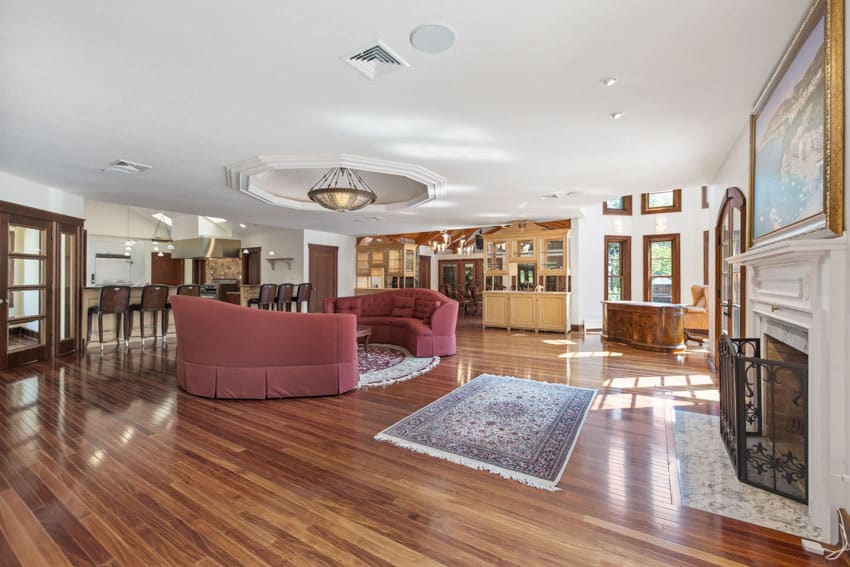
Alternatively, maybe your finish has just worn out its lifespan after a much earlier renovation and needs to be touched up. Either way, refinishing your floor can really refresh the way your home looks.
How to Refinish Softwood Floors
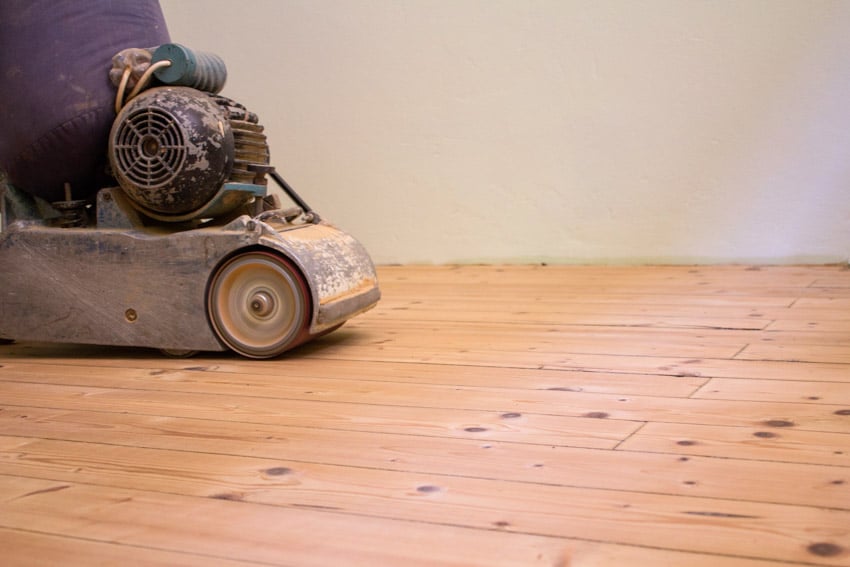
This way, you have full access to your floor and don’t have to worry about making a mess of the rest of your decor while you work.
Remove the Old Finish: To start, you’ll want to remove the old finish from your softwood floors. To do this, you’ll need to sand the floors down. This is a job you’ll want to be particularly careful about in refinishing softwood like pine.
If you aren’t careful, it’s easy to nick, scratch, or dent softwoods with a sander. For this reason, many homeowners turn to a professional sander to do the trick.
Get Rid of Any Dust or Wood on the Floor: Once you’ve sanded your floor down, the next step is to clean. After you’ve finished the previous step, bits of wood and dust going to be left behind on the floor.
You won’t want to finish the floor and seal these into place so it’s a good time to break out the vacuum. Following this with a damp cloth will help remove any remaining dust on the floor if the vacuum still leaves your floors feeling pretty gritty.
Check for Glue: If you’re worried there’s glue on your softwood floors, wiping the area with mineral spirits will help to highlight any glue spots you might have missed.
Add a Layer of Clear Sealer: Now, you’re ready to add a sealer coat safe for softwood floors. These are usually applied to floors with a brush or clean roller. You’ll want to be careful not to streak the floors. For the best results, work with the grain on your floor.
Add a Couple of Layers of Your Finish: Once that dries, you can move on to adding a coat of polyurethane finish in much the same manner as you applied the sealer. After it dries, you’ll want to add another coat and then leave your floor to dry for about 72 hours.
Wax and Polish for an Extra Touch: If you really want to make your floors shine and look like new, you can add a coat of wax and polish your floors after the finish dries but before you put the room back together.
See more related content in our article about living rooms with hardwood floors on this page.

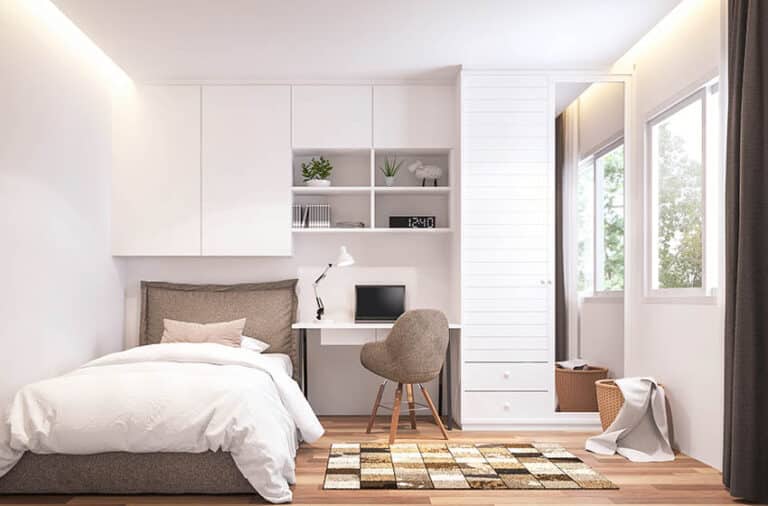

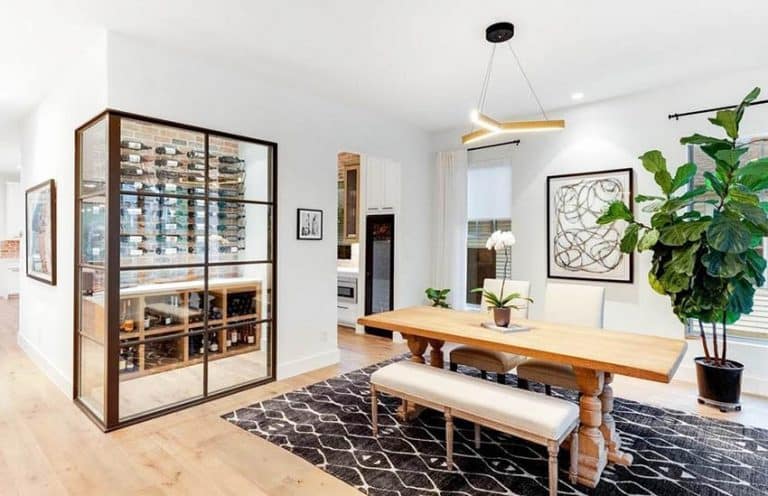
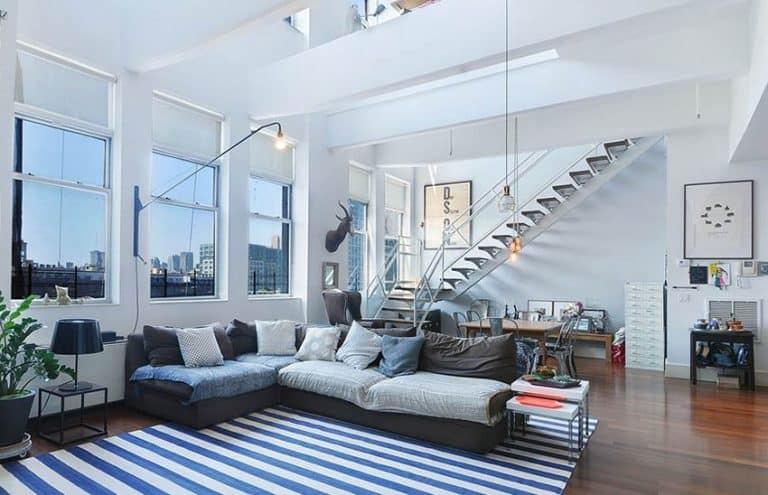
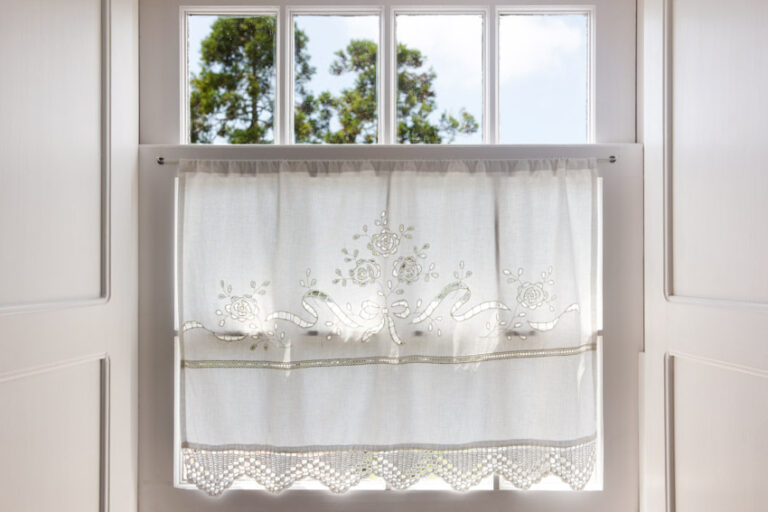
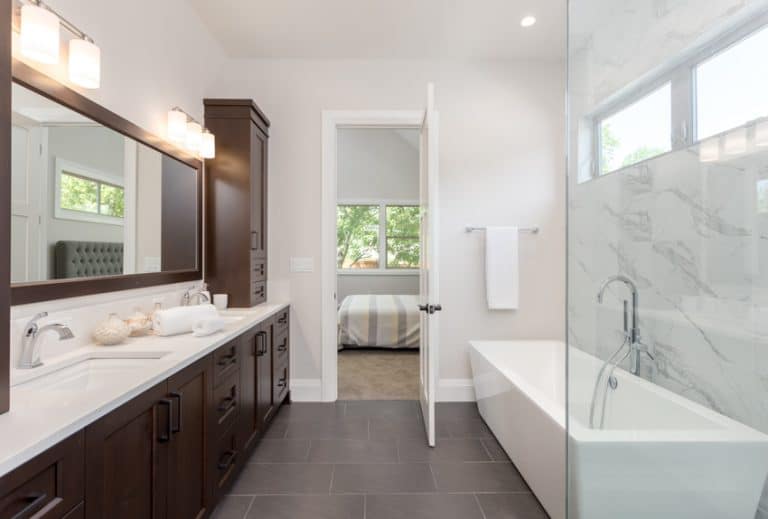
I have Cypress wood floors and they are also considered a softwood and should be on the list. They are ranked harder than many other types of softwood flooring choices.